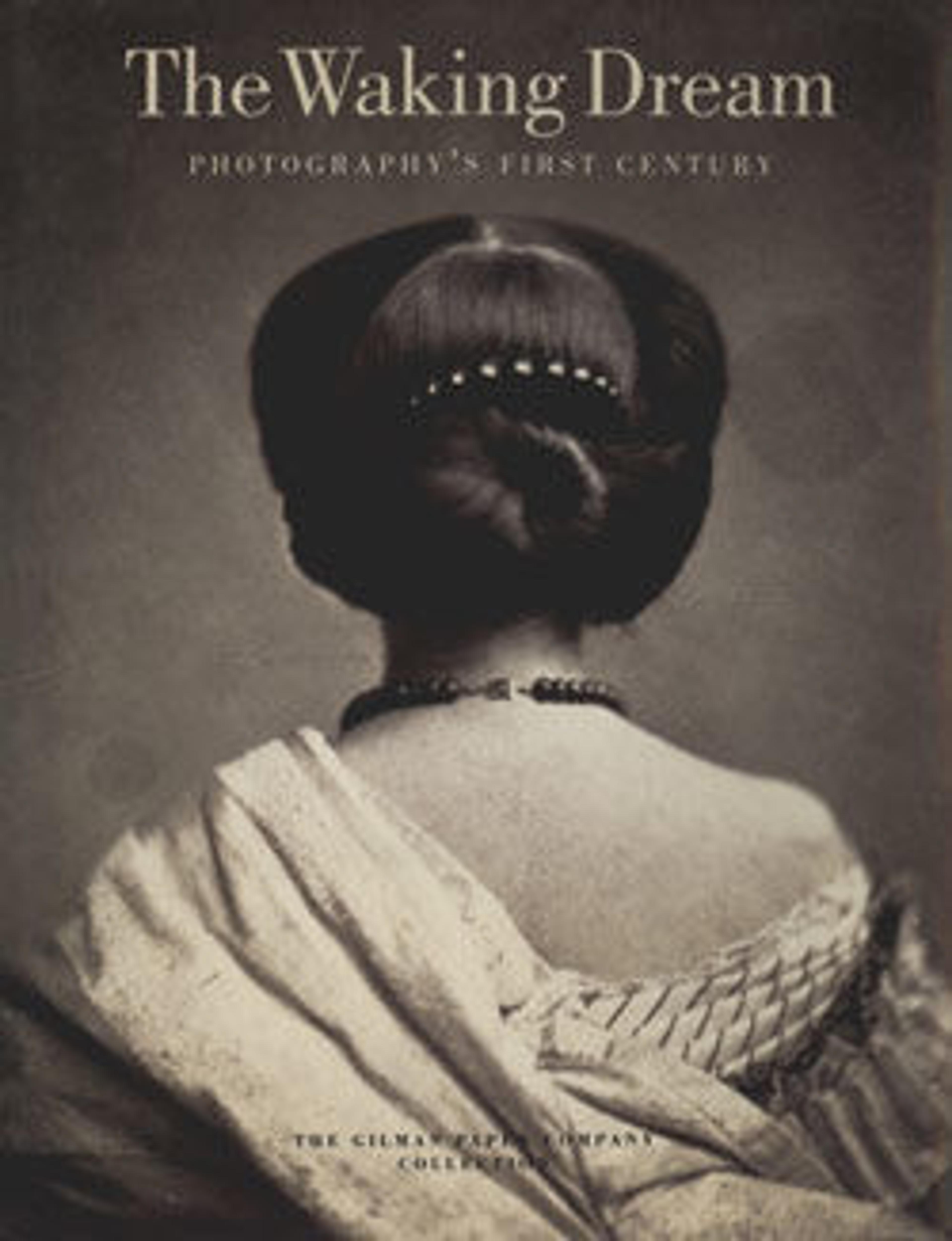[Women Grinding Paint, Calcutta]
With the invention of photography, the eighteenth-century British passion for recording exotic flora and fauna and for making ethnological studies of the peoples in India was given new impetus. The earliest photography on the continent dates from 1840 in Calcutta, the political center of British India. Paradoxically, the first photographs made there by officers of the British Army were daguerreotypes, a French process; photography on paper, the British invention, arrived in India in the late 1840s.
Although the original paper mat on the verso of this daguerreotype is inscribed "Women Grinding Paint," the subjects could be performing one of any number of tasks: grinding indigo, for example, or beetlenut, or spices for curry. All that is certain is that the man in the turban to the right is a follower of the god Shiva, the sustainer-dissolver of the universe. Holy ash, or "bhasma," marks his forehead, while around his neck is a "mala" of "rudraksha" beads, sacred to Shiva. It seems likely that the photographer moved the group outside from a workshop nearby, carefully posing them in the shaft of sunlight that emerged through the slatted canopy. The setting--a quiet alley free of human, animal, or commercial distractions--is artificial even for India in the 1840s. The isolation of the figures, however, together with the respectful, low position of the camera, was employed by the photographer to great advantage.
Although the original paper mat on the verso of this daguerreotype is inscribed "Women Grinding Paint," the subjects could be performing one of any number of tasks: grinding indigo, for example, or beetlenut, or spices for curry. All that is certain is that the man in the turban to the right is a follower of the god Shiva, the sustainer-dissolver of the universe. Holy ash, or "bhasma," marks his forehead, while around his neck is a "mala" of "rudraksha" beads, sacred to Shiva. It seems likely that the photographer moved the group outside from a workshop nearby, carefully posing them in the shaft of sunlight that emerged through the slatted canopy. The setting--a quiet alley free of human, animal, or commercial distractions--is artificial even for India in the 1840s. The isolation of the figures, however, together with the respectful, low position of the camera, was employed by the photographer to great advantage.
Artwork Details
- Title: [Women Grinding Paint, Calcutta]
- Artist: Unknown
- Date: ca. 1845
- Medium: Daguerreotype
- Dimensions: Image: 9.4 x 14.4 cm (3 11/16 x 5 11/16 in.)
- Classification: Photographs
- Credit Line: Gilman Collection, Purchase, Cynthia Hazen Polsky Gift, 2005
- Object Number: 2005.100.69
- Curatorial Department: Photographs
More Artwork
Research Resources
The Met provides unparalleled resources for research and welcomes an international community of students and scholars. The Met's Open Access API is where creators and researchers can connect to the The Met collection. Open Access data and public domain images are available for unrestricted commercial and noncommercial use without permission or fee.
To request images under copyright and other restrictions, please use this Image Request form.
Feedback
We continue to research and examine historical and cultural context for objects in The Met collection. If you have comments or questions about this object record, please contact us using the form below. The Museum looks forward to receiving your comments.
